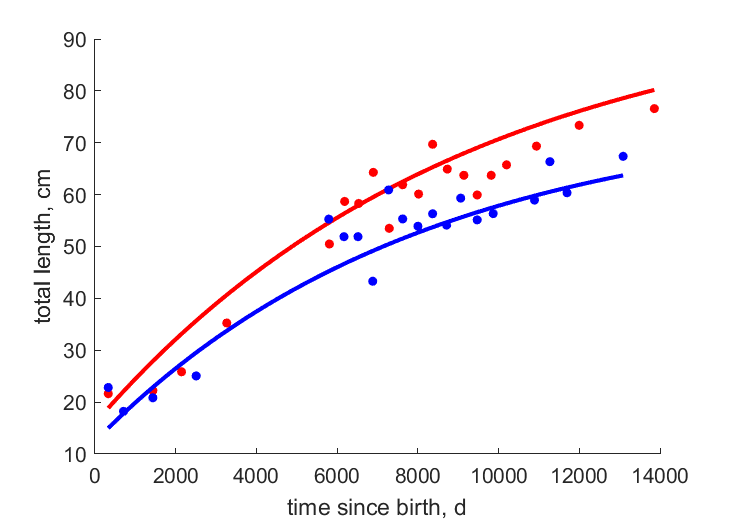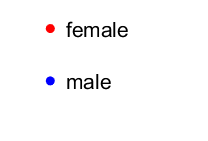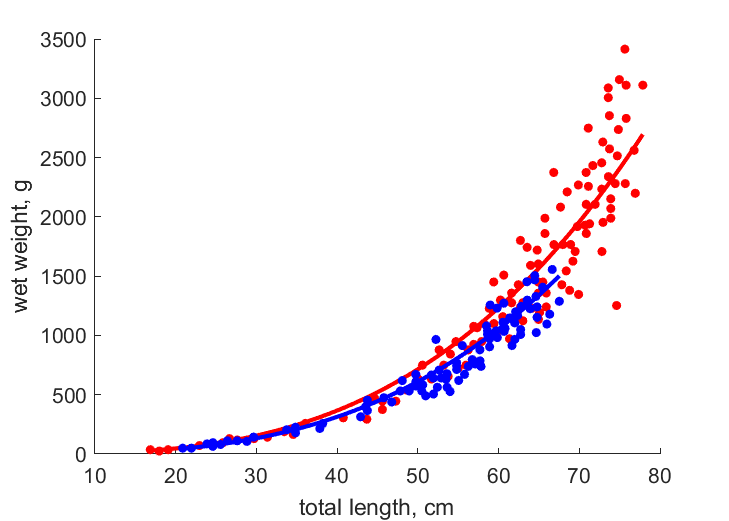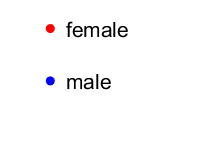Predictions & Data for this entry
| Model: std | climate: MC | migrate: | phylum: |
| COMPLETE = 0.5 | ecozone: MAN, MAS | food: biCi, biCvf | class: |
| MRE = 0.072 | habitat: 0iMpb | gender: D | order: |
| SMSE = 0.008 | embryo: Mv | reprod: O | family: |
Zero-variate data
| Data | Observed | Predicted | (RE) | Unit | Description | Reference |
|---|---|---|---|---|---|---|
| ab | 985.5 | 971.8 | (0.01393) | d | age at birth | guess |
| am | 1.46e+04 | 1.46e+04 | (1.042e-05) | d | life span | Qvis2012 |
| Lb | 16 | 15.78 | (0.01364) | cm | total length at birth | Qvis2012 |
| Lp | 65 | 60.6 | (0.06767) | cm | total length at puberty for females | Qvis2012 |
| Lpm | 43 | 46.11 | (0.07233) | cm | total length at puberty for males | Qvis2012 |
| Li | 90.3 | 99.65 | (0.1035) | cm | ultimate total length for females | Qvis2012 |
| Lim | 82.7 | 75.4 | (0.08826) | cm | ultimate total length for males | Qvis2012 |
| Ri | 0.01279 | 0.01277 | (0.001308) | #/d | maximum reprod rate | fishbase |
Uni- and bivariate data
| Data | Figure | Independent variable | Dependent variable | (RE) | Reference |
|---|---|---|---|---|---|
| tL_f |   | time since birth | total length | (0.07372) | Qvis2012 |
| tL_m |   | time since birth | total length | (0.07811) | Qvis2012 |
| LWw_f |   | total length | wet weight | (0.1517) | Qvis2012 |
| LWw_m |   | total length | wet weight | (0.1161) | Qvis2012 |
Pseudo-data at Tref = 20°C
| Data | Generalised animal | Centroscyllium fabricii | Unit | Description |
|---|---|---|---|---|
| v | 0.02 | 0.035 | cm/d | energy conductance |
| kap | 0.8 | 0.7704 | - | allocation fraction to soma |
| kap_R | 0.95 | 0.95 | - | reproduction efficiency |
| p_M | 18 | 17.04 | J/d.cm^3 | vol-spec som maint |
| k_J | 0.002 | 0.002 | 1/d | maturity maint rate coefficient |
| kap_G | 0.8 | 0.7998 | - | growth efficiency |
Discussion
- Males are assumed to differ from females by {p_Am} anf E_Hp only
- temperatures are guessed
- mod_1: males have equal state variables at b, compared to females
Facts
- aplacental viviparous (Ref: fishbase)
- upper continental slope at a depth of 180-2250 m m (Ref: Wiki)
- length-weight: Ww in g = 0.00302 * (TL in cm)^3.07 (Ref: fishbase)
Bibliography